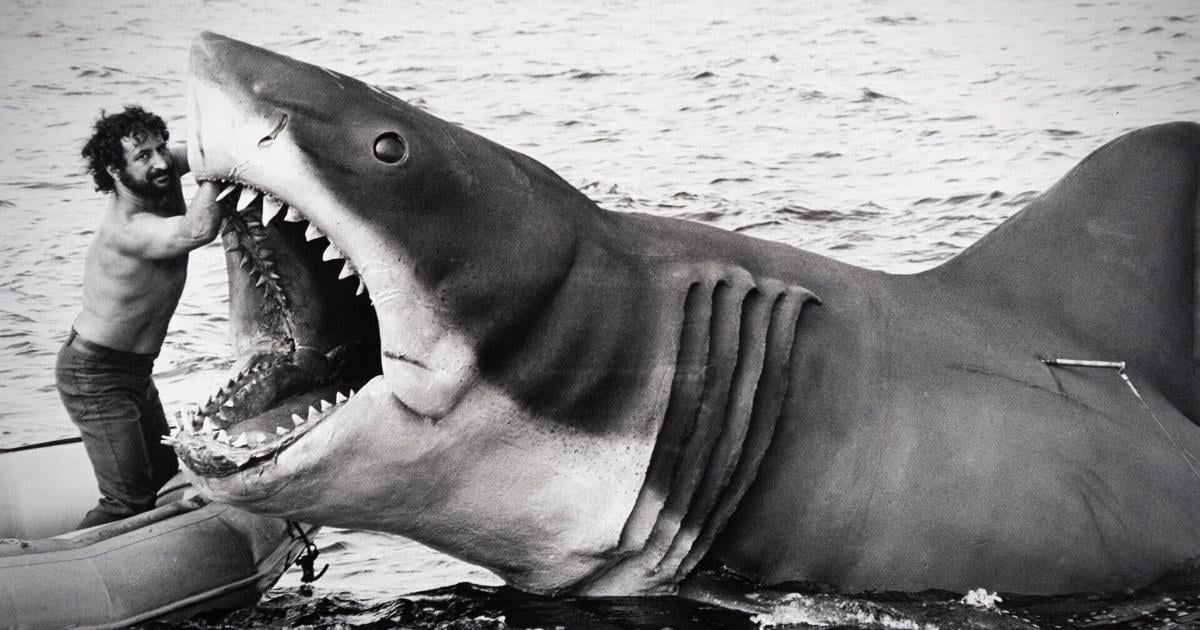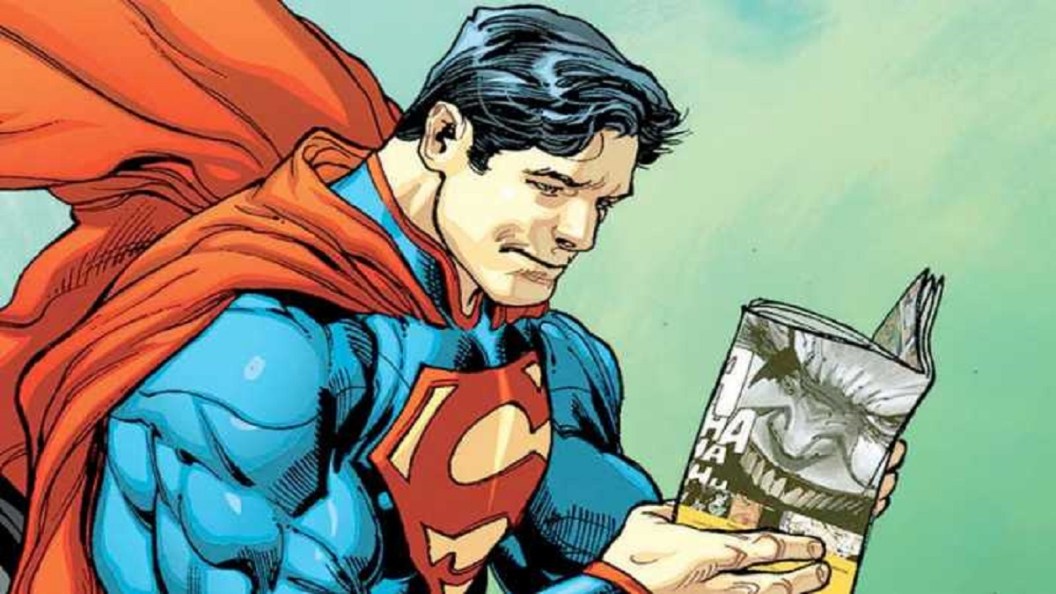Far beyond the thrilling, fin-first terror it unleashed upon audiences in 1975, Steven Spielberg’s iconic film “Jaws” is increasingly understood not merely as a monster movie, but profoundly as a “people movie,” a perspective championed by Laurent Bouzereau, director of the insightful new documentary “Jaws @ 50.” This re-examination highlights the human drama at its core, revealing why the original blockbuster continues to resonate five decades later, solidifying its place as a timeless cinematic achievement in film history.
Bouzereau’s assertion underscores the enduring appeal of “Jaws,” shifting focus from the eponymous shark to the complex interplay among its human protagonists: the steadfast police chief Martin Brody, the grizzled shark hunter Quint, and the inquisitive oceanographer Matt Hooper. Their disparate personalities, simmering tensions, and ultimate camaraderie in the face of an unfathomable threat provide the narrative backbone. It is through their evolving relationships and personal struggles that the film achieves its deepest thematic resonance, transforming a creature feature into a compelling study of courage, fear, and human resilience under extreme duress.
The creation of this seminal blockbuster was, however, fraught with its own set of harrowing challenges, perhaps mirroring the very tension depicted on screen. One of the most infamous hurdles was the temperamental mechanical shark, affectionately nicknamed “Bruce.” Prone to malfunction in the corrosive saltwater, Bruce’s unreliability inadvertently became a stroke of genius, compelling Spielberg to rely more on suggestion, John Williams’ iconic score, and the visceral reactions of his talented cast to build suspense. This innovative approach ultimately amplified the horror, proving that what you don’t see can be far more terrifying than what you do.
Beyond the mechanical leviathan, the on-location shoot itself became an arduous odyssey that pushed the director, his cast — including the stellar trio of Roy Scheider, Robert Shaw, and Richard Dreyfuss — and the production team to their absolute limits. Stories of the challenging maritime conditions, script rewrites, and the sheer physical and mental toll on everyone involved are legendary. Yet, these real-world struggles are often credited with imbuing the final movie with an authentic, raw energy, sharpening the performances and forging Spielberg’s innovative, often improvisational, directorial style that would define his subsequent career.
The profound impact of “Jaws” extends far beyond its initial theatrical run. It did not just scare audiences; it single-handedly redefined the summer blockbuster phenomenon, establishing the template for wide releases and intensive marketing campaigns. More importantly, it set new, elevated standards for suspense filmmaking, demonstrating how psychological tension, character development, and a less-is-more approach could yield unparalleled terror. Its success solidified its status as a cultural touchstone, proving its profound influence on subsequent generations of filmmakers and its lasting legacy in film history.
As the new “Jaws @ 50” documentary promises fresh insights into this cinematic milestone, it reinforces the notion that the film’s enduring power lies not just in its thrilling narrative or technical achievements, but in its profound human element. It delves into how this turbulent creation navigated its behind-the-scenes struggles to become one of the most beloved and influential films ever made, securing its place not just as a thrilling ride, but as a meticulously crafted piece of art that continues to spark conversation and admiration.
Discover more from The Time News
Subscribe to get the latest posts sent to your email.






